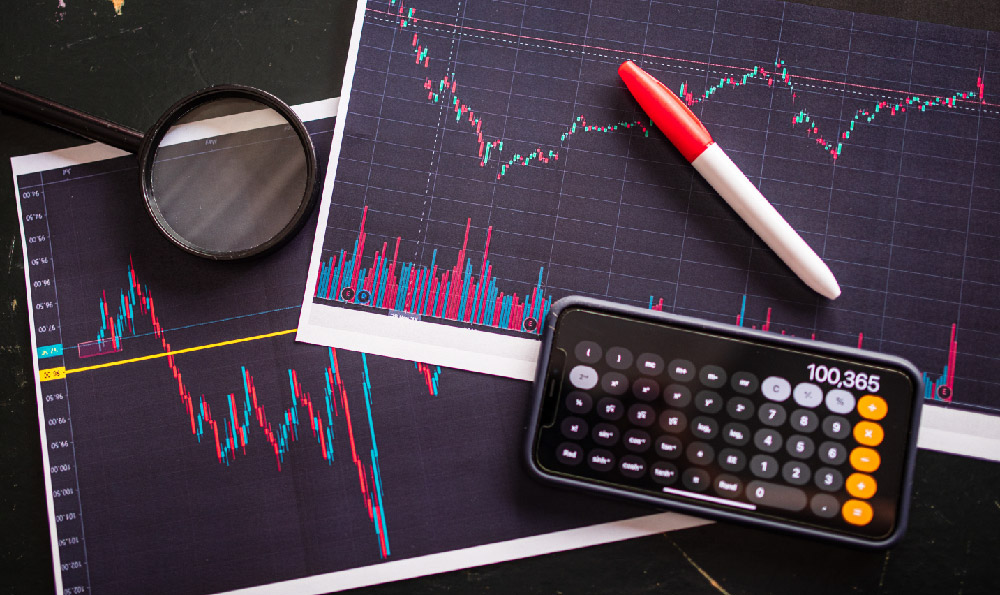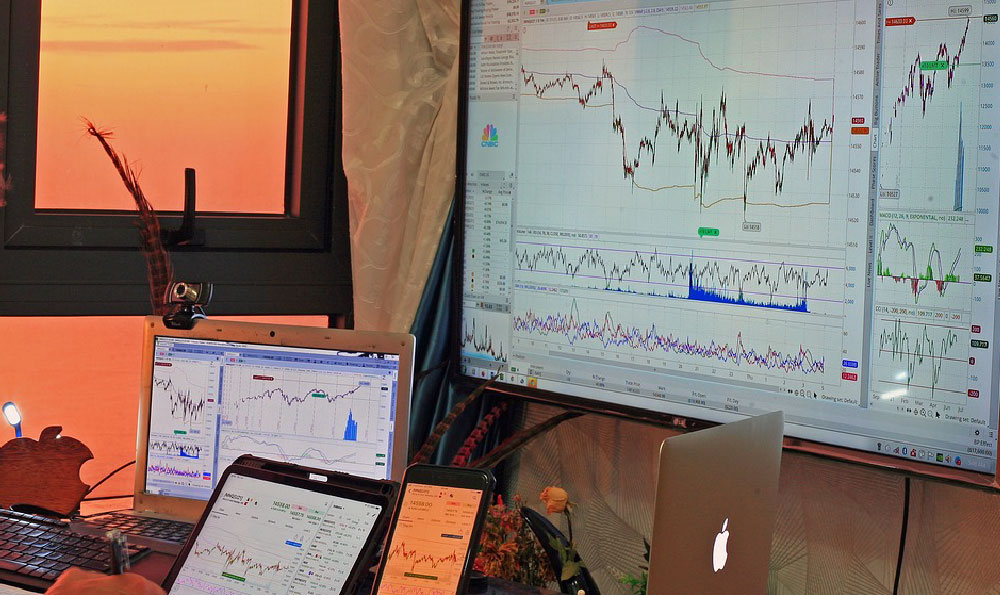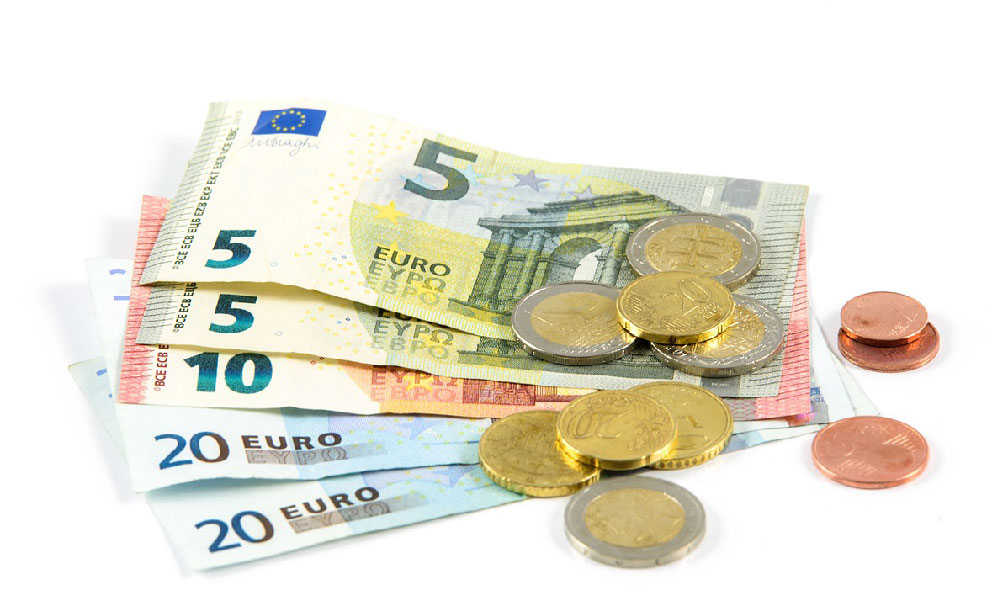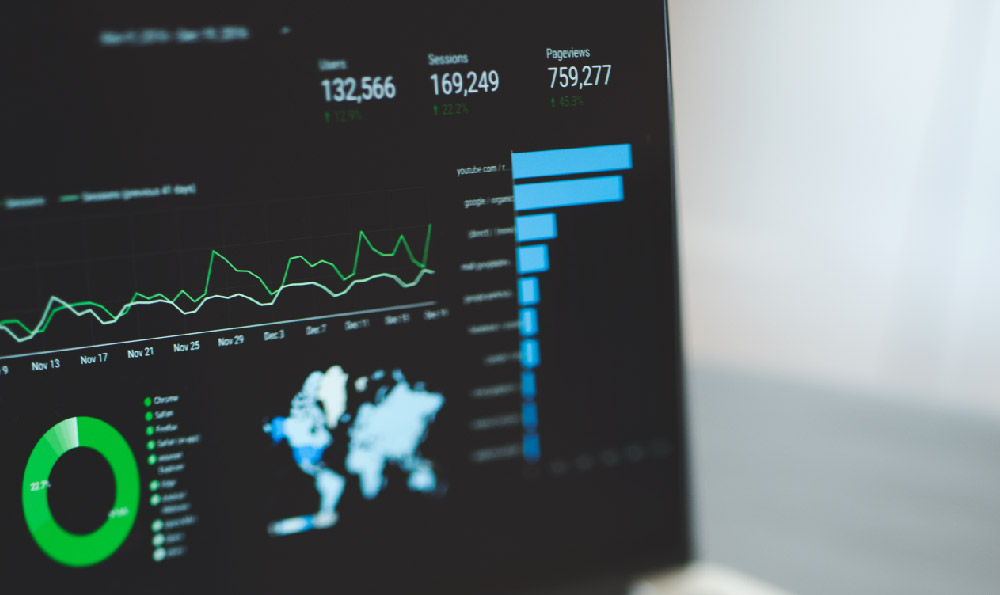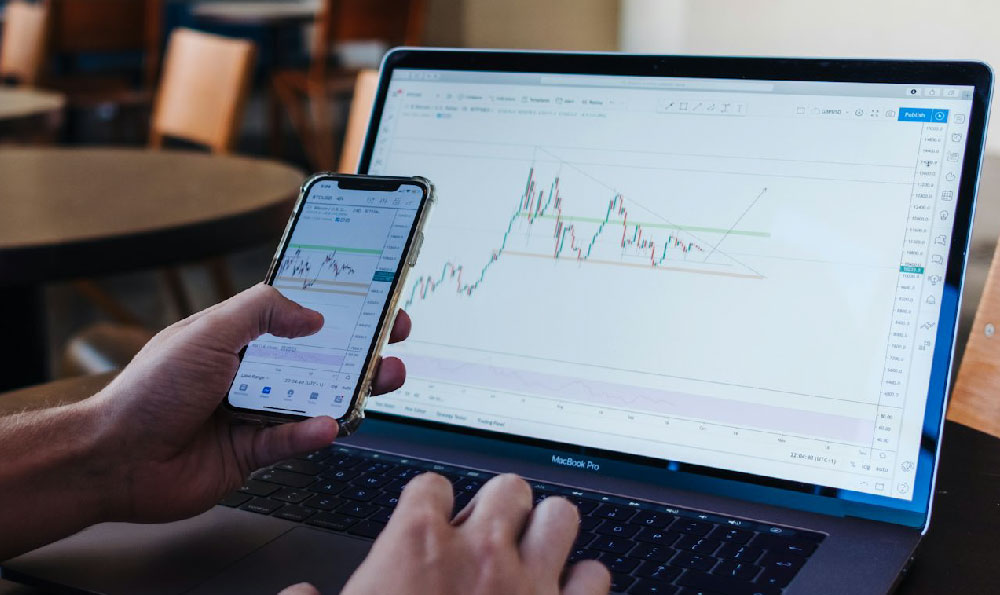Donald Trump's wealth is a complex tapestry woven from real estate empires, reality television stardom, licensing deals, and, of course, the inheritance he received from his father, Fred Trump. Understanding how he amassed his fortune requires dissecting each of these contributing factors and examining their interplay.
Fred Trump, Donald's father, was a prominent real estate developer in New York City, particularly in Brooklyn and Queens. He focused on building and managing affordable housing, leveraging government subsidies and creating a sizable empire. Upon Fred's death, Donald inherited a substantial portion of this wealth. While the exact figures are debated and shrouded in legal complexities, it's undeniable that this inheritance served as a crucial springboard for Donald's future ventures. It provided him with the capital and the connections necessary to embark on his own, more ambitious projects. However, to solely attribute Donald's wealth to inheritance would be an oversimplification, as he actively utilized and expanded upon this initial foundation.
Donald Trump transitioned from his father's focus on affordable housing to high-end real estate development, particularly in Manhattan. He built iconic structures like Trump Tower and Trump Plaza, which not only generated significant revenue but also cemented his brand as a purveyor of luxury and opulence. He strategically partnered with investors and leveraged debt financing to expand his portfolio rapidly. This aggressive approach, while potentially lucrative, also exposed him to considerable financial risk. The cyclical nature of the real estate market meant that periods of boom could be followed by busts, and Trump's companies faced numerous bankruptcies, though he personally managed to largely avoid them. These bankruptcies, while detrimental to investors and contractors, allowed him to renegotiate debt and restructure his businesses, ultimately contributing to his long-term financial survival and, arguably, growth.

Beyond construction, Trump aggressively pursued licensing deals, allowing his name and image to be used on a wide array of products, from clothing and cologne to furniture and mattresses. These licensing agreements generated significant passive income with relatively little direct involvement, leveraging the brand recognition he had cultivated through his real estate projects and public persona. The value of the "Trump" brand became a key component of his overall wealth, allowing him to monetize his celebrity status.
The success of "The Apprentice," a reality television show where contestants competed for a job within the Trump Organization, further amplified his fame and brand recognition. The show not only generated substantial revenue through production fees and advertising, but also solidified his image as a shrewd and successful businessman. The catchphrase "You're fired!" became synonymous with Trump, solidifying his persona and further boosting the value of his brand.
It's important to acknowledge that assessing the true extent of Donald Trump's wealth has always been a challenge. His business empire is vast and complex, with numerous privately held companies, making it difficult to gain a complete and transparent picture of his finances. He has also been known to inflate the perceived value of his assets, a practice that has been the subject of legal scrutiny. Furthermore, fluctuating market conditions and the cyclical nature of the real estate industry have undoubtedly impacted the value of his holdings over time.
Where did it all come from? Ultimately, Donald Trump's wealth is a product of a combination of factors. The inheritance from his father provided a critical starting point. His aggressive real estate development, branding strategies, and forays into entertainment all contributed to its growth. The exploitation of the "Trump" brand, carefully cultivated over decades, has been a particularly lucrative element. However, it's crucial to remember that his business ventures haven't always been successful, and he has faced numerous financial challenges along the way.
While his business acumen and strategic risk-taking undoubtedly played a role, the power of branding and the public perception of success are undeniable contributors to his overall financial standing. Understanding the interplay of these various factors is essential for a comprehensive understanding of how Donald Trump accumulated his wealth. It is a story of ambition, leverage, calculated risk, and the power of a brand.




